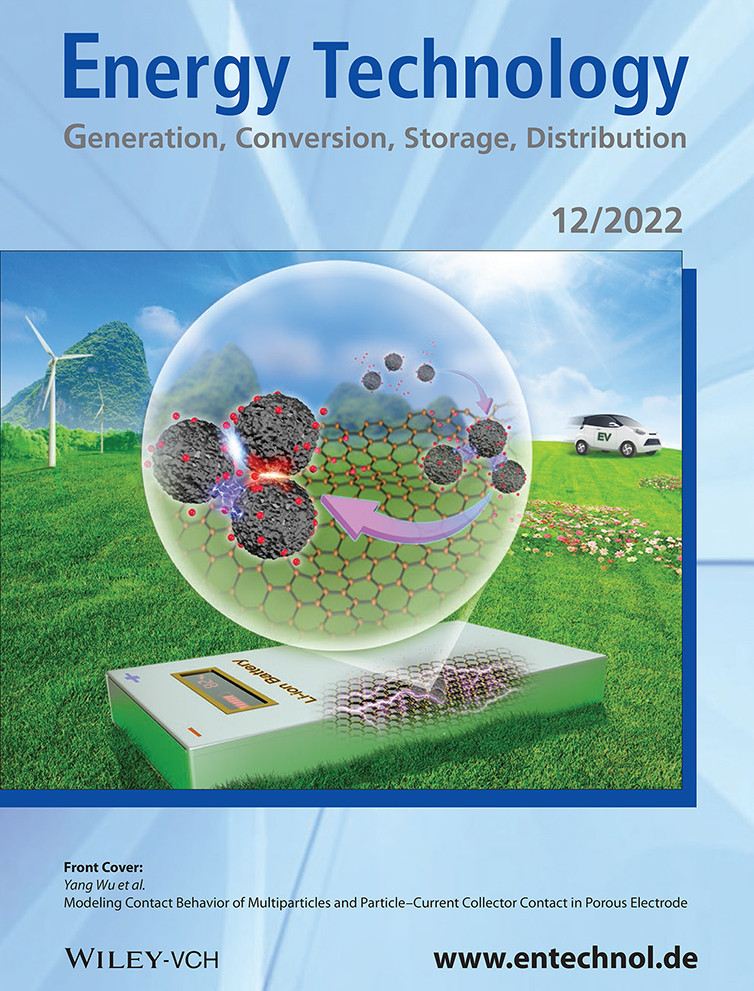Optimal Sizing of Combined Stationary Solid Oxide Fuel Cell-Based Polygeneration System and Electric Vehicle Charging Considering Multi-Criteria Decisions
Abstract
This study focuses on designing an optimum polygeneration system for residential homes employing solid oxide fuel cells as the prime mover. Optimization of system components is conducted through multi-objective and multi-criteria combined with decision-making to define the priority of each criterion used. Genetic algorithm (GA) and particle swarm optimization (PSO) techniques are applied to find the optimum capacity and analytic hierarchy process as the decision-making method. Based on the results, the combination of GA and analytic hierarchy process (AHP) gets the best non-dominated solution among the ten solutions generated, superior in power loss and energy cost criteria. The preference design of “energy loss-energy cost” gets the highest priority rank of 0.188 with an efficiency of 0.797, primary energy saving of 0.651, CS of 0.424, carbon dioxide reduction of 0.626, and loss probability of 0.153. The optimum polygeneration system has higher primary energy-saving, CS, and carbon dioxide reduction by about 81.29%, 54%, and 99%, respectively, compared to the unoptimized systems.
Conflict of Interest
The authors declare no conflict of interest.
Open Research
Data Availability Statement
The calculated data presented in this paper is available for access granted by the corresponding author. However, the original raw data is inaccessible due to the continuity of this study for further research.




